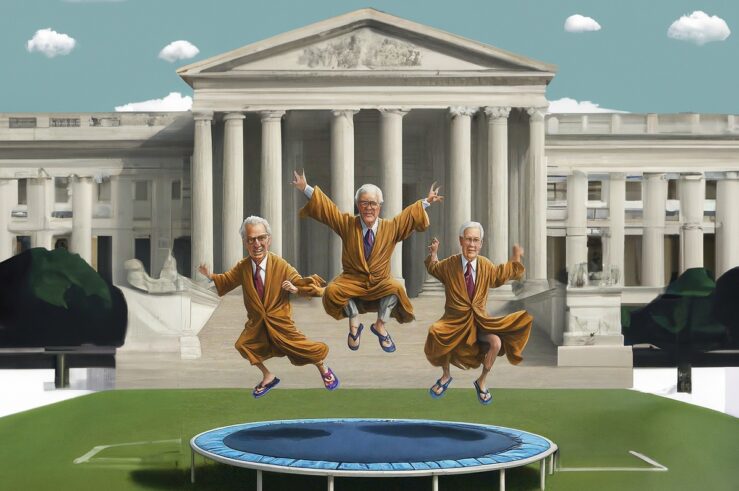 News comes that the DOJ and SEC are “examining whether some of the world’s biggest banks colluded to manipulate a key interest rate before and during the financial crisis, affecting trillions of dollars in loans and derivatives, say people familiar with the situation.” The Wall Street Journal Reports that:
News comes that the DOJ and SEC are “examining whether some of the world’s biggest banks colluded to manipulate a key interest rate before and during the financial crisis, affecting trillions of dollars in loans and derivatives, say people familiar with the situation.” The Wall Street Journal Reports that:
The inquiry, led by the U.S. Justice Department and Securities and Exchange Commission, is analyzing whether banks were understating their borrowing costs. At the time, banks were struggling with souring assets on balance sheets and questions about liquidity. A bank that borrowed at higher rates than peers would likely have signaled that its troubles could be worse than it had publicly admitted.
Roughly $10 trillion in loans and $350 trillion in derivatives are tied to Libor, which affects costs for everything from corporate bonds to car loans. If the rate was kept artificially low, borrowers likely weren’t harmed, though lenders could complain that the rates they charged for loans were too low. Derivatives contracts could be mispriced because of any manipulation of Libor.




